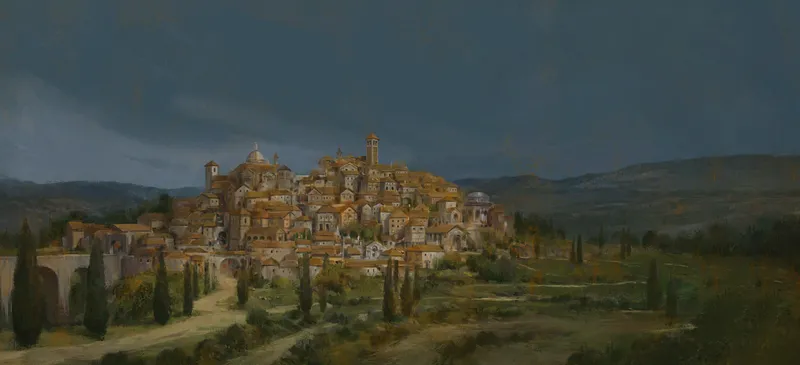Bosnian Culture

Commands
The following command will set your culture to 'Bosnian.'
The following command will change the culture of the specified county to 'Bosnian.'
Information
| Name | Bosnian |
| Culture ID | bosnian |
| Heritage | South Slavic |
| Ethos | Communal |
| Language | Serbo-Croatian |
| Architecture | Mediterranean |
| Fashion | Byzantine |
| Coat of Arms | South Slavic |
| Military Equipment | Eastern European |
Overview
Bosnian culture is an enchanting blend of influences from the East and the West. Rooted in the heart of the Balkans, Bosnia and Herzegovina’s cultural milieu is a rich tapestry of traditions, integrating aspects from its Ottoman, Austro-Hungarian, Slavic, and Mediterranean heritage.
One of the most interesting and visible elements of Bosnian culture is its architecture. From the atmospheric cobblestone streets of Sarajevo's old bazaar, Baščaršija, which reflects a strong Ottoman influence, to the Austro-Hungarian styled buildings in the modern part of the city, you can literally see the cultural fusion.
Simultaneously, Bosnian culture greatly values family and hospitality. Bosnians commonly greet each other warmly and make an effort to ensure guests are comfortable and well-fed. The national cuisine reflects this sense of hospitality, with well-known dishes like the hearty Bosnian Ćevapi or the sweet savijača baklava, showing the array of Turkish, Middle Eastern, and European flavors that Bosnians love.
Literature, art, and music also play a significant role in Bosnian culture. Bosnian music varies from traditional sevdalinka, ethno music elevated by the powerful emotion, to modern pop and rock. The country's literary tradition is embedded in its long history of storytelling, from the epic poetry of the gusle player to modern novelists. The rich tapestry of Bosnian culture marks it as a fascinating meeting point of many historical influences.
Communal Ethos

Communal Ethos
This culture values the bonds of community above all else, fostering great loyalty and dedication by working together towards common goals.
- -15% Same Culture Mercenary Hire Cost
- +5 Close Family Opinion
- -10% Building Construction Cost
- -10% Building Construction Time
Each culture will have an ethos, which represents the core values, principles and attitude towards life that the culture has. It also determines which court types are available for kingdoms and empires.
Bosnian Traditions
- Isolationist
- Mendicant Mystics
- Monastic Comunities
Each culture will have several traditions, which represent the main customs of a culture and can grant various effects. A culture can have up to five traditions in the tribal era, with every additional era reached granting an additional slot for Traditions.
Bosnian Architecture
Mediterranean
